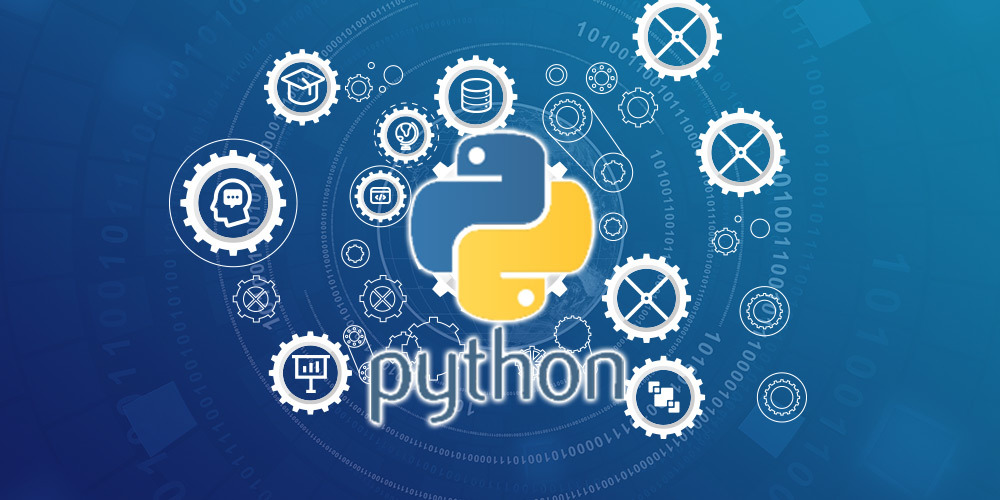Day 13 of #90DaysOfDevOps
 Basavaraj Teli
Basavaraj Teli
In the realm of DevOps, automation is the cornerstone of efficiency, enabling rapid deployment, configuration management, and infrastructure orchestration.
What is Python?
Python is a popular programming language. It was created by Guido van Rossum, and released in 1991.
Why Python for DevOps?
While shell scripting has traditionally been favored for its simplicity and direct interaction with the operating system, Python offers a compelling alternative with its versatility, readability, and extensive library support. Python's object-oriented paradigm, rich standard library, and third-party packages empower DevOps engineers to tackle complex automation tasks with ease, whether it involves provisioning infrastructure, managing configurations, orchestrating deployments, or monitoring systems.
Advantages of Python for DevOps:
Simplicity and Readability: Python's clean and concise syntax promotes readability, making it easier for DevOps engineers to write, understand, and maintain scripts. Its straightforward structure minimizes the learning curve, allowing engineers to focus more on solving problems rather than grappling with complex syntax.
Versatility and Extensibility: Python boasts a vast ecosystem of libraries and frameworks tailored for various DevOps tasks, ranging from configuration management to infrastructure automation and beyond. This versatility enables DevOps teams to leverage existing solutions and customize scripts according to their specific requirements, fostering rapid development and innovation.
Cross-Platform Compatibility: Python runs seamlessly across major operating systems, including Windows, macOS, and various Unix-like distributions such as Ubuntu. This cross-platform compatibility ensures consistency in script behavior across different environments, facilitating smoother deployment and management processes.
Integration Capabilities: Python integrates seamlessly with a wide array of tools and technologies commonly used in DevOps workflows, such as cloud platforms, container orchestration systems, CI/CD pipelines, and monitoring solutions. Its interoperability enables DevOps engineers to orchestrate complex workflows, automate routine tasks, and streamline the entire software delivery lifecycle.
Community Support and Documentation: Python benefits from a vibrant and active community of developers, who contribute to its ecosystem by creating extensive documentation, tutorials, and open-source projects. DevOps engineers can leverage this wealth of resources to troubleshoot issues, learn best practices, and stay abreast of emerging trends and technologies.
Installing Python on Windows:
Follow these step-by-step instructions to install Python on a Windows machine:
Download Python Installer: Visit the official Python website at https://www.python.org/ and navigate to the Downloads section. Choose the latest version of Python for Windows (e.g., Python 3.9.7) and download the installer suitable for your system architecture (32-bit or 64-bit).
Run the Installer: Once the installer is downloaded, double-click on it to launch the installation wizard. Follow the prompts in the wizard, ensuring that you select the option to "Add Python to PATH" during the installation process. This option enables you to run Python from the command prompt without specifying the full path to the executable.
Verify Installation: After the installation is complete, open Command Prompt and type the following command to verify that Python has been successfully installed:
python --versionYou should see the installed Python version displayed in the output, confirming a successful installation.
Installing Python on Ubuntu:
Here's how to install Python on an Ubuntu machine:
Update Package Index: Open a terminal window and run the following command to update the package index:
sudo apt updateInstall Python: Run the following command to install Python 3, which is the recommended version for most users:
sudo apt install python3Verify Installation: After the installation is complete, you can verify that Python has been installed successfully by running:
python3 --versionThis command should display the installed Python version in the output, confirming a successful installation.
Subscribe to my newsletter
Read articles from Basavaraj Teli directly inside your inbox. Subscribe to the newsletter, and don't miss out.
Written by

Basavaraj Teli
Basavaraj Teli
Aspiring DevOps engineer, working on DevOps projects to gain practical knowledge. I write technical blog post on DevOps to share my knowledge with fellow tech enthusiasts.